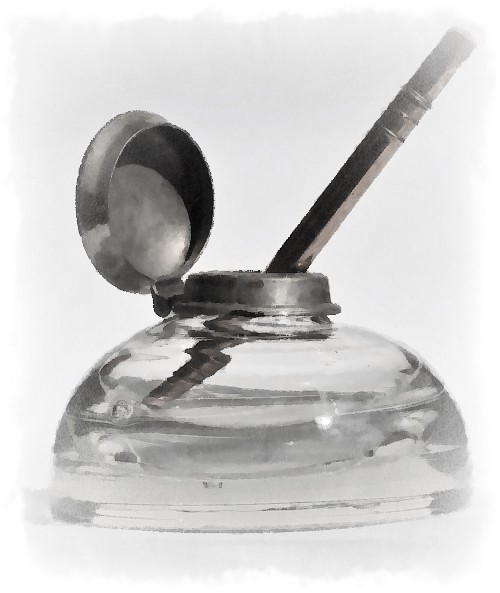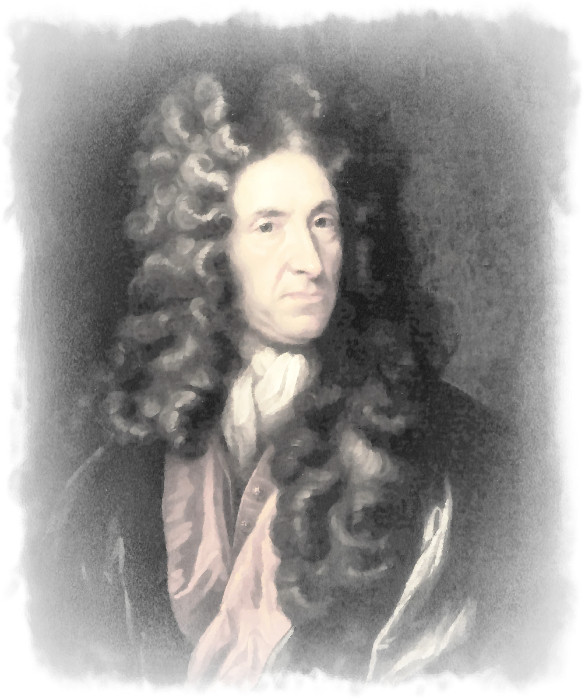
Write your way out, a-la Shakespeare or Camus, to create for eternity. For the dawn will certainly break.
Shakespeare was apparently quarantined when he had written “King Lear”. I have no way of knowing for certain whether he was ever quarantined in the real sense of the term as we understand it now, or whether he had finished some of his immortal pieces while he was forced indoors, but I have read in many places that he had faced numerous instances of the plague in his lifetime (the Bubonic plague was a recurring feature those days, they say). Some have even gone to the extent of pointing out that a good part of the bard’s most productive years (at least a decade between 1603 and 1613) was spent in staccato forced isolations, which must have been devastating for one who depended on the theatre to earn his keep. “Venus and Adonis” and many other poems were composed during such periods of theatre closures. But why were theatres closed? “Because” as one preacher had put it, “the cause of plague is sin, and the cause of sin is plays”. Sounds familiar, doesn’t it?

Sin or not, banning theatres had not banished the plague (in 1665 at the least) and Isaac Newton, who was a student in Cambridge then, was forced indoors for about a year and a half. Newton had spent the period of forced confinement writing papers on Calculus and nurturing the seeds of what would germinate to become the Law of Gravity. Write he did, and how!

But the most famous of all writers who is credited with having turned the days of plague induced “forced captivity” into a literary piece is certainly Giovanni Boccaccio, whose father and step mother were snatched away by the Black Death in 1348. His novella, the “Decameron” was about a group of young people who fled the plague to spend weeks in the countryside and the stories that they told each other to while away the time. What is remarkable is how Boccaccio recounts “the whole spectrum of human behaviour that had ensued: from extreme religious devotion, sober living, self-isolation and a restricted diet to warding off evil through heavy drinking, singing and merrymaking.” Unnerving, how so little has changed over the centuries.

A Journal of the Plague Year by Daniel Defoe, a chronicle of the Bubonic plague of London in 1665 is eerie to put things mildly, not only for the blow-by-blow account, but for the near prophetic words that are sounding only too true to the ears now. Defoe had written how nothing “was more fatal to the inhabitants of this city than the supine negligence of the people themselves, who, during the long notice or warning they had of the visitation, made no provision for it by laying in store of provisions, or of other necessaries, by which they might have lived retired and within their own houses…” What is even more striking in Defoe’s piece is how the local authorities in some London neighbourhoods tried to belittle the calamity (and hence their failure, perhaps), suppress the actual figures, by reporting a lower number of deaths due to the plague. Rascals and knaves then were no different from the rascals and knaves now.

Albert Camus’ “The Plague” written with Oran (in Algeria) as the plague lays it to waste in the 19th century is another piece from which many lessons can be drawn as well as parallels established with the situation that we currently find ourselves in. Especially remarkable is the deliberation about the dedication and heroic fight against-all-odds of the medical workers. Luckily, some things never change.

Katherine Anne Porter describing the devastation created by the Spanish flu in her 1939 novel “Pale Horse, Pale Rider” also touches an open wound, if only for the fact that the deaths and devastation that is sought to be belittled today is similar in terms of sheer callousness, with which the World War devastated population had shrugged off the shock of the Spanish Flu which had ironically claimed many more victims than the great war had.
There are other titles that inevitably try to creep into the narrative as I write – “Station Eleven” by Emily St George Mendel, “Severance” by Ling Ma and “Hot Zone – the terrifying true story of the origins of the Ebola Virus” by Richard Preston. However, if mention must be made, then it will be “The Great Influenza – the story of the deadliest pandemic in history”, which I felt is as much a story of triumph as of tragedy with just the right hint of a new dawn breaking on the far horizons. Just the kind of optimistic indication that we can all do with in these trying times.
So much for the quarantine and the pandemic and the stories that they spewed. But what really makes me wonder is what kind of pens were used by all the authors that I have written about? Wish I knew as I write this piece. At the least, the knowledge about their pens that they used to write their timeless pieces would perhaps have made the pain bearable?

Many thanks to you, Chawm, for your insight and creativity in bringing to Inked Happiness Readers meaningful messages.
My fourth novel, written during the quarantine, is done. Still looking for an agent for all four.